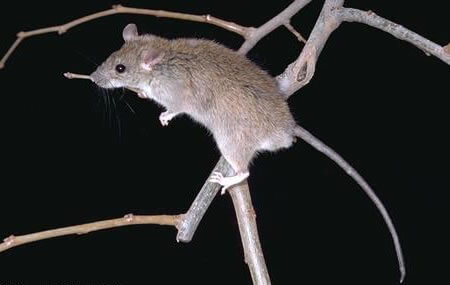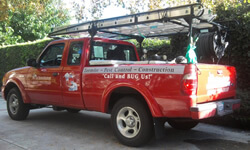Rodent Control

The best way to prevent rodents from invading a living space is by sealing up holes inside and outside your home or business to prevent entry. Mice can squeeze through a hole the size of a dime, and rats can squeeze through a hole the size of a quarter!
Because house mice are so small, they can gain entry into homes and other buildings much more easily than rats. As a result, house mouse infestations are probably 10 to 20 times more common than rat infestations. Effective control involves sanitation, exclusion, and population reduction. Sanitation and exclusion are preventive measures. When a mouse infestation already exists, some form of population reduction such as trapping or baiting is almost always necessary.
A key to successful long-term rodent control is limiting shelter and food sources wherever possible. Trapping works well, especially when a sufficient number of traps are placed in strategic locations. Trapping also can be used as a follow-up measure after a baiting program. When considering a baiting program, decide if the presence of dead rodents will cause an odor or sanitation problem. If so, trapping may be the best approach. After removing rodents, take steps to exclude them so that the problem doesn’t recur.
Several types of rodenticides are available for use against only house mice, Norway rats (Rattus norvegicus), and roof rats (R. rattus). Because all rodenticides are toxic to humans, pets, and wildlife, special precautions are taken to prevent access to baits by children and nontarget animals.
Fat Cat Exterminators can quickly rid your home or business of rodents, using our advanced pest control technologies. We also offer rodent proofing and decontamination services. To schedule a free inspection or make an appointment, contact us today.




